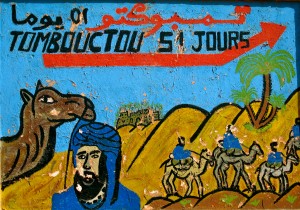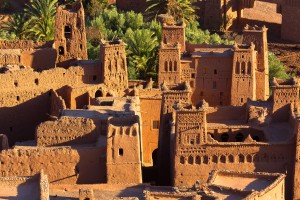The Caravan Routes of Morocco
March 30th, 2015
There is a much-photographed sign in Zagora, in the spectacular Draa Valley in Morocco. Beside the image of a blue-swaddled desert nomad is written: “TOMBOUCTOU 52 JOURS.” The journey is considerably quicker today, but if you go by camel, it probably still takes…



